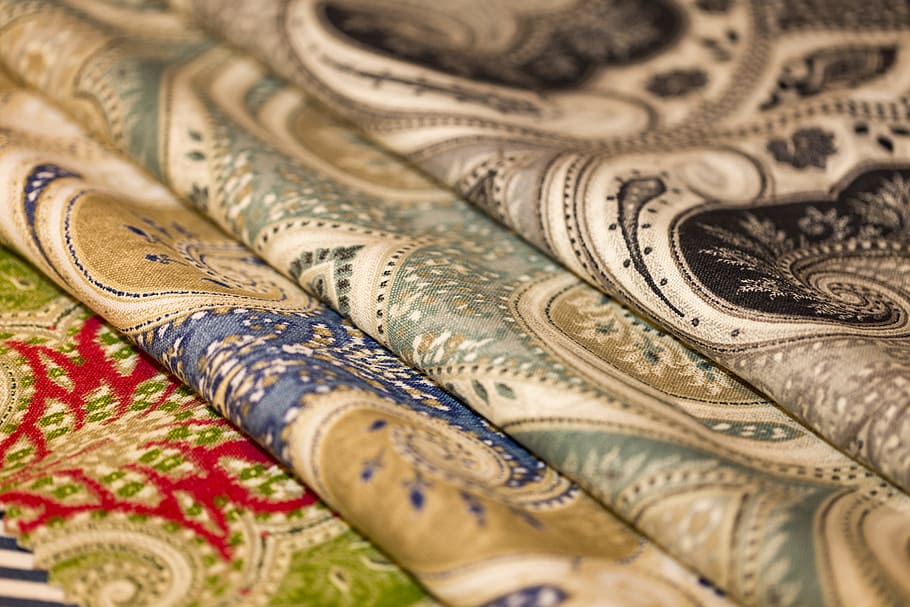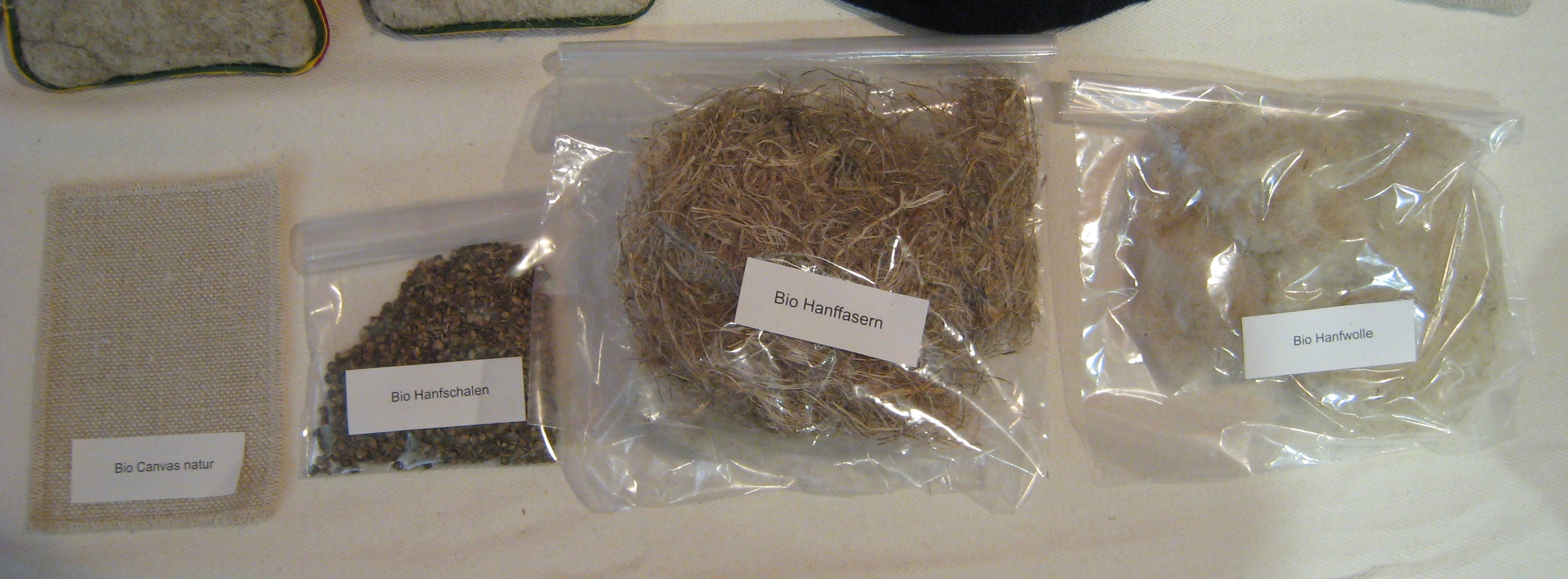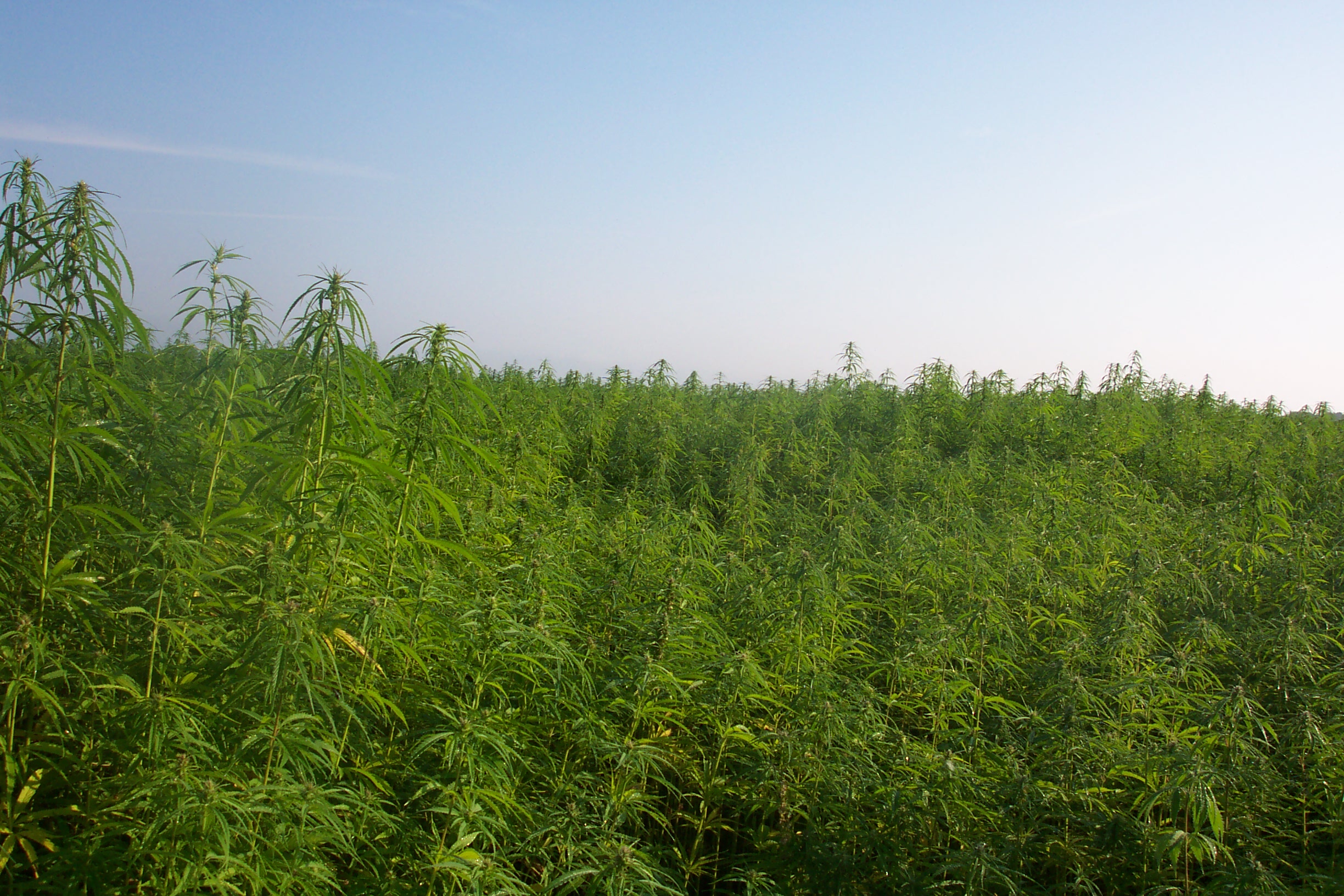
In recent years, hempcrete, also known as hemp lime, has become a popular choice for sustainable construction. is a mixture of hemp fiber, lime and water and has many advantages over conventional building materials.

What is hemp concrete?
Hempcrete is a sustainable building material made from hemp hurds, lime and water. Hemp hurds are a by-product of hemp cultivation. They are produced during the production of hemp fibers. The shives are mixed with lime and water to create a cementitious substance.
Hemp lime has many advantages over conventional building materials such as concrete and brick. Some of the advantages are:
- Sustainability: Hemp fibers are renewable and environmentally friendly. The hemp plant requires little water and is easily done without pesticides or herbicides. With sustainably grown hemp, hempcrete has a negative carbon footprint because the fibers store CO2 in the building material.
- Insulation capacity: hempcrete has a high insulation capacity, making it an excellent building material for thermal and sound insulation. Thermal insulation is better than concrete or brick.
- Fire resistance: despite being an organic material, hemp lime is not highly flammable and is fire resistant or at least fire retardant when used carefully. [1]
- Mold resistance: hempcrete is resistant to mold growth and can therefore help improve indoor air quality.
- Lightweight: hemp lime is lighter than conventional building materials, which leads to easier and faster installation. It is also easier to transport and handle.

Use of hemp building material
Hemp concrete is used for a variety of construction projects. Some of the most common uses are:
- House construction: hempcrete is used for the construction of walls, ceilings, floors and roofs. It is also an excellent building material for thermal and sound insulation.
- Renovation: Hemp lime can be used for renovation projects to insulate existing walls and floors.
How to make hemp concrete
The production is relatively simple. The hemp hurds are first cut into small pieces and then mixed with lime and water. The mixture is then poured into molds and laid out to dry.

What is the cost of hemp building material?
Hemp lime is slightly more expensive compared to conventional building materials. The exact cost depends on the region where you live and the availability of the material. In general, however, hempcrete can be a good investment because of its excellent insulating properties and durability, which can lead to long-term cost savings. In addition, the shives are a by-product of fiber production. Thus, both the hemp textile industry and the construction industry can be supplied in one production.
Disadvantages of hemp concrete
Despite its many advantages, hemp lime also has some disadvantages that should be taken into account. Some of the disadvantages are:
- Sensitivity to water: hempcrete is more sensitive to moisture and water than other building materials. It must therefore be maintained regularly to avoid moisture damage. However, there are also successful experiments in which the hemp shives used were “impregnated.” [2]
- Weaker than concrete: hemp lime is not as strong as concrete and brick. It may therefore not be the best choice for high-rise buildings or other buildings subject to extreme loads.
Conclusion
Hemp concrete is a promising alternative to conventional building materials that allows for environmentally friendly and sustainable construction. It has many advantages, such as excellent insulation capacity, fire resistance and mold resistance. Although there are some drawbacks, such as a longer drying time and sensitivity to moisture, hempcrete can be a good investment because it can save money in the long run. So if you’re an environmentally conscious builder or owner looking for sustainable building materials, hempcrete could be the right choice for your next construction project.







